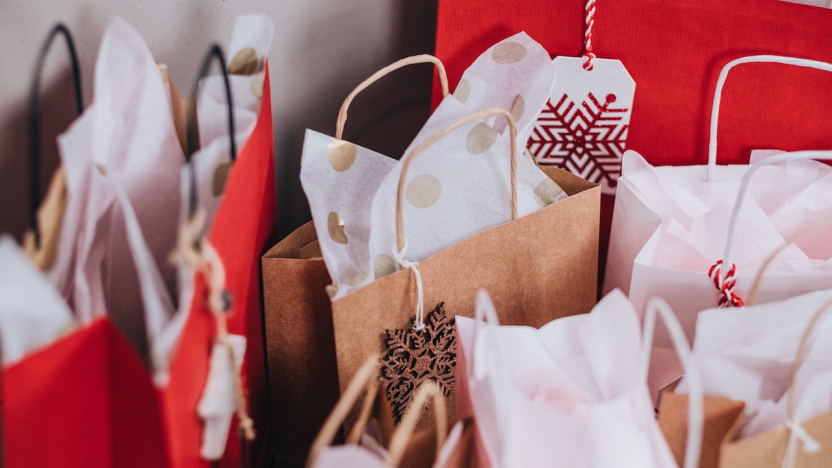Counterfeit spikes and protection strategies for the holiday season

Counterfeit purchases spike before seasonal holidays and during designated sales periods, such as Black Friday, Cyber Monday and the January sales. Protect your brand, products and consumers effectively this year by targeting your online brand protection efforts on the most critical channels.
The terms 'Black Friday' and 'Cyber Monday' were coined to describe the days of bargain-hunting frenzy that traditionally follow Thanksgiving in the US and mark the start of the Christmas shopping seasons in many countries.
The days, which fall on 29 November and 2 December respectively this year, offer consumers the chance to bag a bargain as retailers slash their prices. As Black Friday and Cyber Monday draw closer, brand owners will be looking forward to an uptick in sales. However, this busy shopping period does not come without risks for brand owners, with those same retailers also bracing for a massive increase in fake goods for sale on online platforms and social media sites.
Counterfeit goods spike in busy shopping periods
Studies have shown a major increase in counterfeit purchases online in the run-up to the holiday period, including Black Friday and Cyber Monday, as well as in the January sales that traditionally follow in the new year.
Sales periods tempt consumers into making impulse purchases by enticing them with short-term discounts and adverts online and on social media, and these price drops and online sales make it harder for people to spot fakes. Counterfeiters use seasonal promotions to market fake goods to consumers and, mixed in with legitimate offers, they can mislead the unwary. These fake goods not only include counterfeit luxury and fashion goods but also fake toys, electrical goods, pharmaceuticals, mobile phones, chargers, alcohol and beauty products.
Counterfeiters use seasonal promotions to market fake goods to consumers and, mixed in with legitimate offers, they can mislead the unwary.
The 2023 Review of Notorious Counterfeiting and Piracy Markets issued by the Office of the US Trade Representative (USTR) earlier this year highlights ongoing concerns over sales of counterfeits through e-commerce platforms and social media, as well as the growing use of influencers to promote fake and ‘dupe’ products.
The report references a growing number of online business models being adopted by criminals as they bring goods to market, from domain names (cybersquatting, domain name parking and affiliate marketing) and email phishing to e-commerce marketplaces, social media sites, apps, gaming and ‘cyberlockers’ (used to distribute pirate content anonymously).
Counterfeit protection: What should brand owners do?
As we have previously covered, it’s important to recognise that online brand protection differs from offline counterfeit protection in several significant ways. In particular, your online brand protection strategy should respond adequately to the speed and scale at which infringement occurs on the internet and social media. That is arguably harder as more consumers flock online for their retail needs during busy shopping periods.
Therefore, the first step in any online counterfeit protection strategy should be to obtain a clear picture of the threat posed to your business and its consumers, as well as your goals and priorities for action. While every brand faces different market conditions and challenges, few companies can manage their online brand protection programme effectively in-house, such is the scale of the problem. By working with a dedicated partner, you can access comprehensive online brand protection monitoring and enforcement expertise, as well as time-saving tools.
How Novagraaf can assist
Novagraaf’s dedicated Online Brand Protection service combines cutting-edge technology with attorney knowledge to enable our clients to strengthen their overall market position by crafting and carrying out precision enforcement strikes. By focusing activity by channel (apps, domain names, marketplaces, paid ads, social media and web content), we help brand owners address threats in the most important online markets, providing focused monitoring alerts and actioning a pre-agreed enforcement strategy to make it as easy and cost-effective as possible for them to take action.
Importantly, all activity is captured in a centralised online case management system (CMS) to facilitate reporting, pattern tracking and budget management. The service includes a customised onboarding programme to help new clients determine the parameters of the monitoring and enforcement phases, including pre-specifying triggers, budget and strategic activities.
To learn more about our Online Brand Protection service, including the online channels we cover, speak to your Novagraaf attorney or request a demo below.